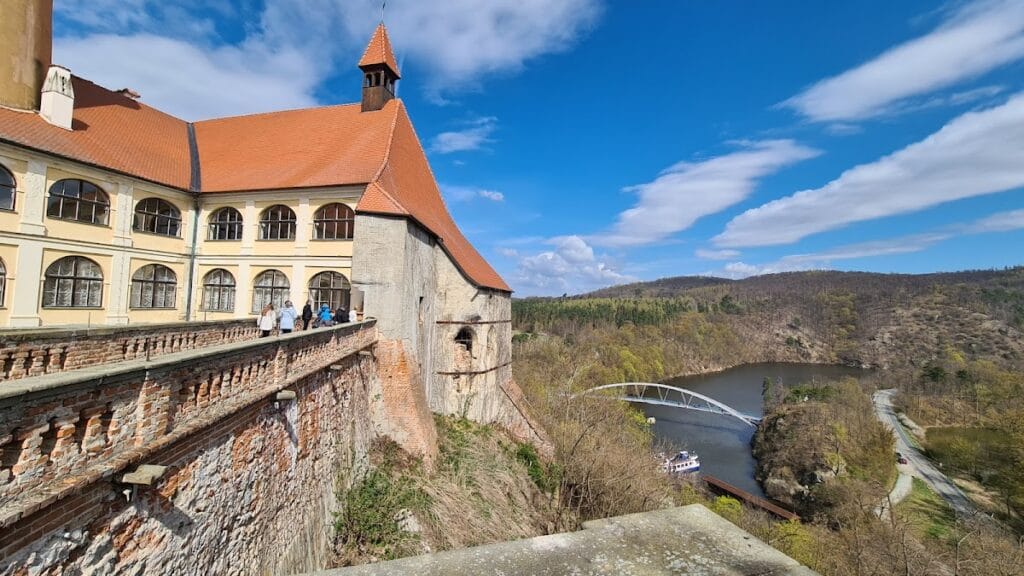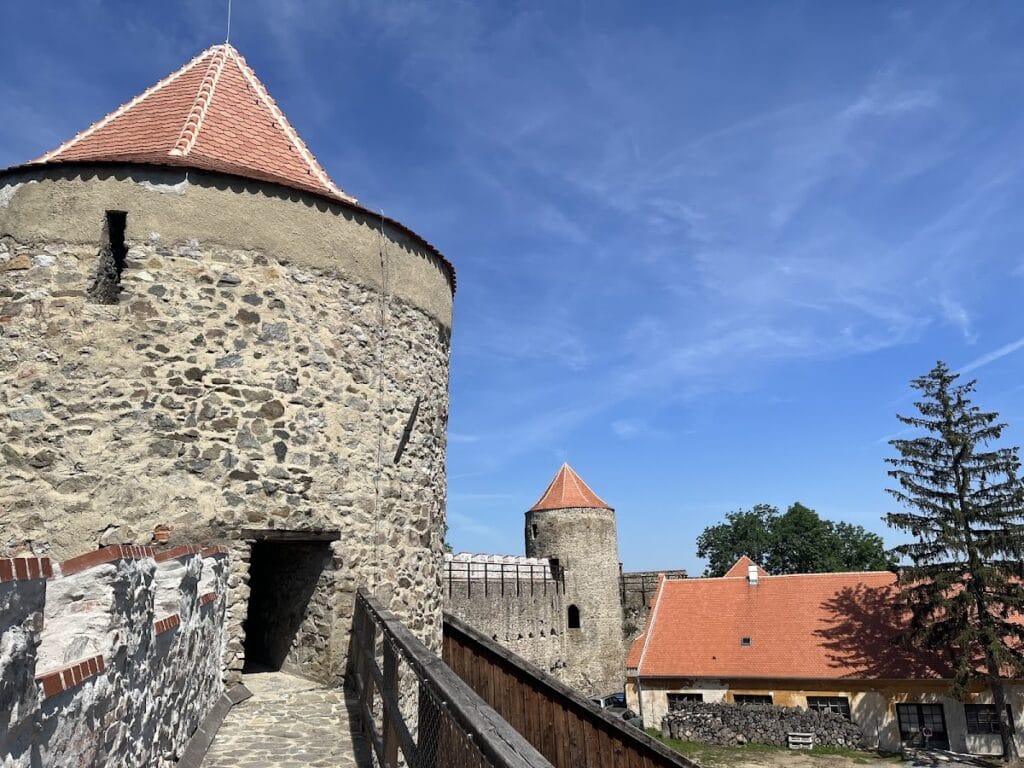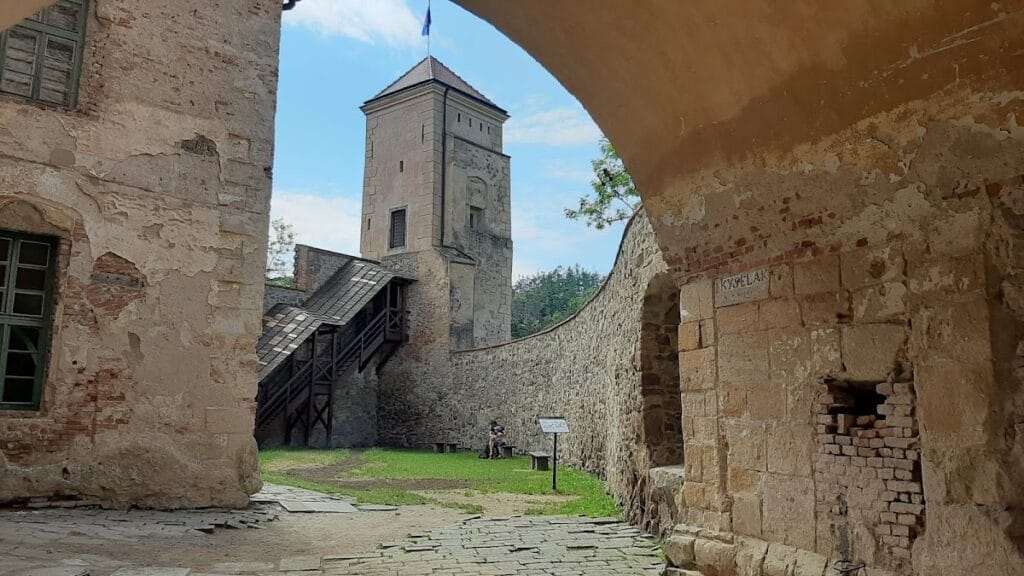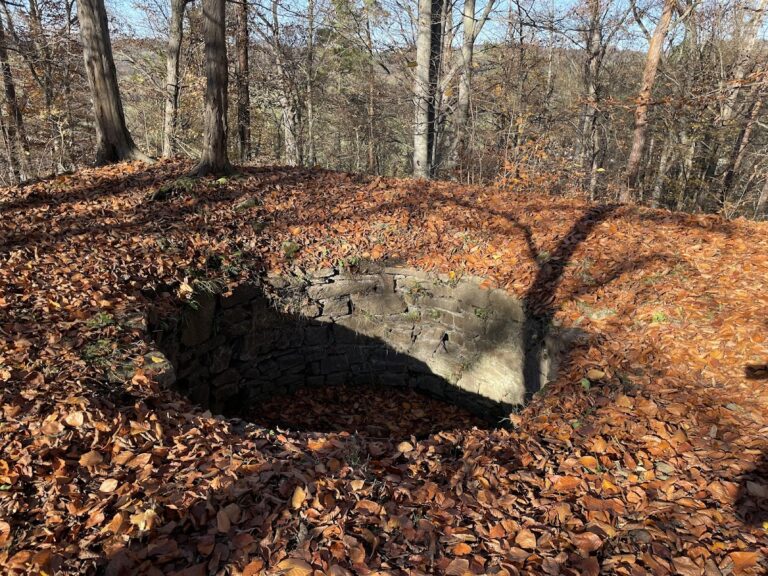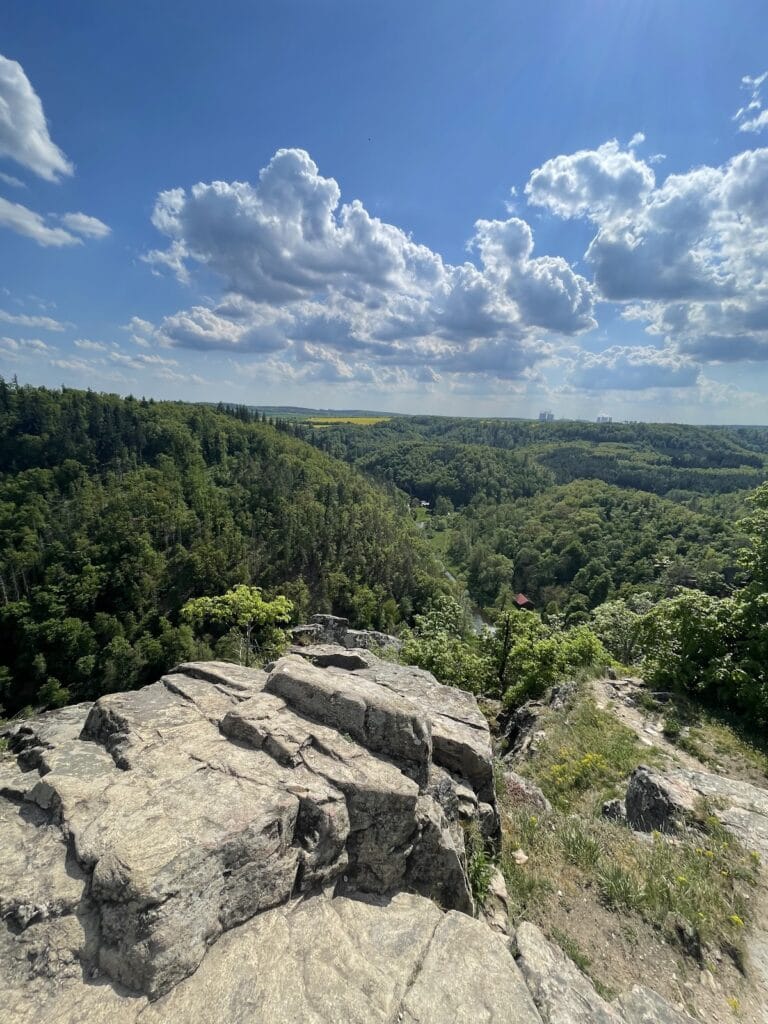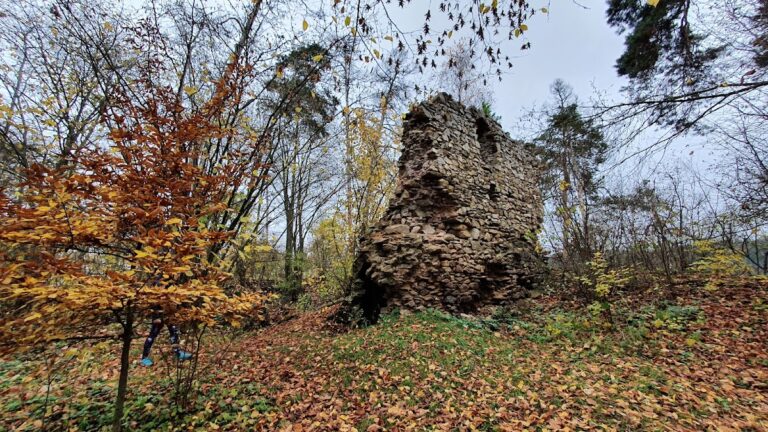Veveří Castle: A Historic Medieval Fortress in the Czech Republic
Visitor Information
Google Rating: 4.4
Popularity: Medium
Google Maps: View on Google Maps
Official Website: www.hrad-veveri.cz
Country: Czechia
Civilization: Medieval European
Remains: Military
History
Veveří Castle is situated near the municipality of Veverská Bítýška-Brno-Bystrc in the modern Czech Republic. It was established by the Moravian Přemyslid dynasty, with Duke Conrad I of Brno traditionally credited as its founder around the year 1059. Originally serving as a hunting lodge, its earliest confirmed documentary mention dates back to 1213, at which time it functioned as a prison under King Ottokar I of Bohemia.
In the early 13th century, Veveří evolved from a simple wooden or stone residence near a Romanesque church into a fortified stone castle, with construction of the imposing keep beginning in the 1220s. This tower remains the oldest surviving component of the castle today. The fortress entered a new phase in the 14th century when Charles, Margrave of Moravia and later Emperor Charles IV, acquired it in 1335. His brother John Henry contributed significantly by adding two towers, an outer defensive bailey, a great hall, and the chapel dedicated initially to St. Procopius, later rededicated to St. Wenceslaus. These enhancements shaped the medieval fortress that defined Veveří for centuries.
Throughout the late Middle Ages, Veveří played a role in the regional conflicts that affected Moravia. During the Hussite Wars, the castle was held by Albrecht of Austria and endured a siege by Hussite forces between 1428 and 1432, which was ultimately unsuccessful. Subsequently, Przemyslaus II of Těšín took control and strengthened the defenses by adding walls. Later in the 15th century, the castle fell to Matthias Corvinus in 1468. These episodes underline the castle’s strategic importance in Bohemian and Moravian struggles.
Ownership of Veveří changed often during the early modern period. By 1609, it came into the hands of the Tiefenbach family through marriage. Their loyalty to the Catholic emperor secured their possession following the Battle of White Mountain in 1620, a decisive conflict in the Thirty Years’ War. Veveří withstood a Swedish siege in 1645, an event reflecting the turbulence of the period. Subsequent proprietors included the widow of the Sternberg family from 1653, Václav Michal of Althan for a brief tenure between 1668 and 1670, and later noble families such as the Collaltos and Sinzendorfs. The Sinzendorfs undertook significant Baroque renovations in the mid-18th century, adorning interiors with frescoes portraying the castle and its surroundings as they appeared at that time. However, the castle was also subject to looting by Prussian troops after a treacherous entry in 1741 and 1742.
The 19th century brought new owners and new intentions for Veveří. Industrialist Vilém Mundy was followed by Gustavus Wasa, a Swedish prince who acquired the castle in 1830 and aspired to construct a family mausoleum on the site. The property later passed to the Greek banker Georgios Sinas in 1844 and then to his granddaughter Helena Ypsilanti, who altered the landscape significantly by designing an English-style park. Baron Maurice de Hirsch purchased Veveří in 1881, making modern upgrades such as repairing roofs and installing iron water pipes and early telephone connections, while removing the castle chapel. After his death, ownership transferred to his relative Maurice Arnold de Forest-Bischofsheim, who maintained the property until selling it to the Czechoslovak state in 1925.
During the Second World War, the castle was occupied by the German Wehrmacht and suffered related damage. In the postwar years, Veveří was repurposed as a forestry school, which involved modifications incongruous with the historic fabric. A later, ambitious 1970s plan intended to turn the castle into an international conference center but unfortunately inflicted structural damage during unsuccessful construction work. This project was abandoned after political changes in 1989. Since 1999, stewardship has rested with the National Heritage Institute, which has gradually restored the site. Veveří reopened for public access in 2002 and was officially recognized as a national cultural monument in July 2023. Historically, the castle served as the administrative center of its estate and was incorporated into the city of Brno in 1957.
Remains
Veveří Castle stands prominently on a rocky outcrop above the Svratka River and comprises a complex of stone buildings dating primarily from the medieval period forward. Its core is dominated by a massive early 13th-century keep, the oldest and tallest among the ten remaining towers. This tower was originally built as the main defensive stronghold and remains well preserved, showcasing the early Gothic masonry typical of that era.
The main residential area, known as the palace, developed through the joining of the central keep with two adjoining medieval palaces. Within this building lies a spacious great hall, once the grand gathering space of the castle. Historically, the palace housed the Gothic Chapel of St. Procopius, later rededicated as St. Wenceslaus, which was removed in the late 19th century. The chapel space was replaced with separate rooms on the ground and upper floors, allocated respectively to a library and administrative offices.
Access to the castle grounds is marked by the Gothic Southern Gate, originally constructed in the medieval period but rebuilt in Renaissance style in 1626. Positioned above this entrance are stone coats of arms belonging to Zigmund of Tiefenbach and his two wives, reflecting their ownership and status. Visitors approach the palace from this gate via a remarkable castle bridge erected in 1896. This bridge is noted for being one of the earliest reinforced concrete structures within the Austro-Hungarian Empire, supplanting earlier Gothic and Baroque wooden bridges that had been elaborately decorated with statues of four saints.
Close to the palace passage lies the “Black Kitchen,” a recently restored feature that preserves several original ovens along with a basin used for washing dishes, offering insight into the castle’s medieval domestic arrangements. Beyond the palace, the courtyard was formed in the early 19th century by removing two royal palaces that dated back to the 13th century. Their appearance and layout are documented, providing an archaeological link to the castle’s earliest residential structures.
Among the later additions is the English Wing, constructed in the late 17th century to connect two Gothic buildings. It functioned as a carriage house on the lower floor and stored arms and grain above. This wing now awaits extensive renovation. Another 17th-century structure, the Backyard Palace, consists of two vaulted rooms stacked vertically and is currently designated for adaptation as a cultural venue.
The castle’s southeastern defense was reinforced by the Eastern Prismatic Tower, dating from the 14th century, built to protect that approach. Archaeological excavations to its south have revealed remnants of walls belonging to a medieval Eastern Castle Palace, probably constructed in the late 15th century but demolished before the mid-1600s.
Historically, the castle grounds included an English-style park, complete with two greenhouses that were destroyed after 1945. Interior decoration from the Baroque period remains visible in frescoes on the walls of the great dining hall, painted during the Sinzendorf family’s ownership in the mid-18th century, depicting the castle’s landscape of that time.
Damage sustained during the Second World War is still evident on the second-floor walls of the palace, which bear bullet holes. Postwar repairs addressed roof damage and involved replacing some furnishings with pieces from other historic locations. During the castle’s phase as a forestry school in the mid-20th century, interior alterations were made without regard to the original features. The ill-fated 1970s plan for a conference center introduced concrete injections that caused structural issues, later remedied by restoration work beginning in 1999. Since then, key areas such as the loft above the palace and the frescoed dining hall have been carefully stabilized and renovated. Guided tours now provide opportunities to explore these preserved and restored parts of Veveří Castle.


